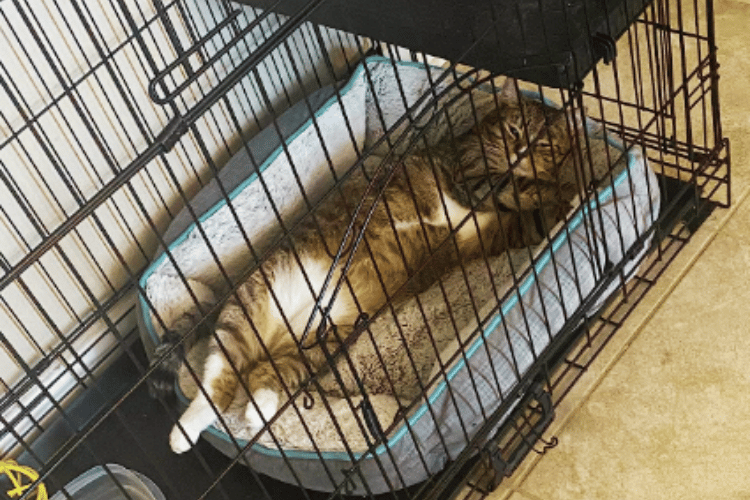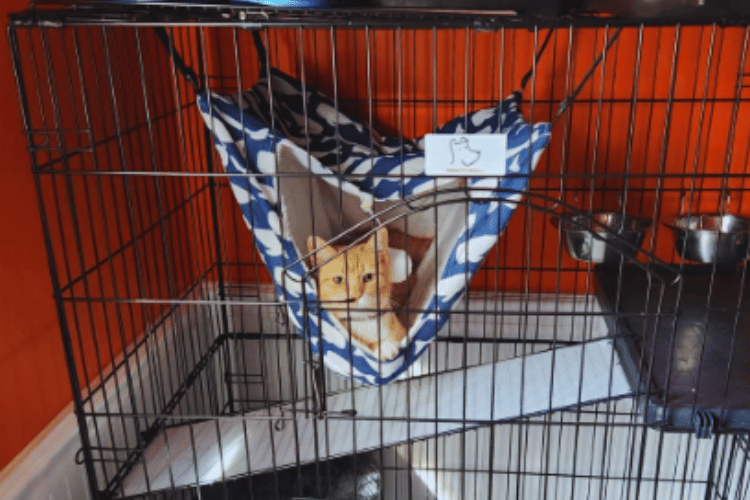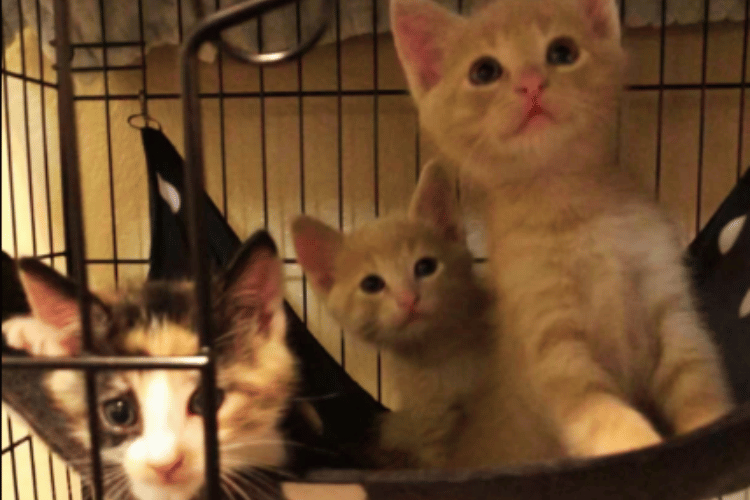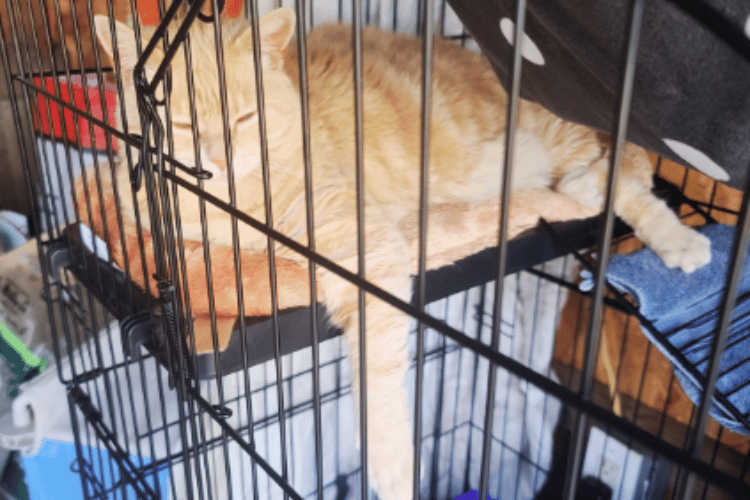Key Takeaways:
- Understanding the appropriate duration for keeping a cat in a cage is crucial for their well-being.
- Cat cages can be useful in certain situations, but they should not be used for extended periods.
- Knowing the right type of cage and how to make it comfortable can make the experience less stressful for your cat.
Cats are known for their love of freedom and independence, which often leads many cat owners to question the use of cat cages. While cages can be a necessary tool for training or transportation, it's important to know how long can a cat stay in a cat cage without negatively impacting their health and happiness.
The Purpose of Cat Cages
Cat cages, or cat crates, are not just for carrying your pet to the vet. They can serve multiple purposes, such as providing a safe place for a new cat to acclimate to a new environment or to tame stray cats. However, the duration a cat can spend in a crate should always be considered.
Duration Guidelines for Crating Cats
The latest veterinarian research suggests that cats should not be kept in a crate for more than six hours at a time. This is because cats need to move around to stay active and healthy. Extended periods in a cage can lead to stress and aggressive behavior.

The Role of Cat Cages in Training
When you train cats, a crate can be a helpful tool. For instance, it can be used to introduce a new kitten to other pets in the house. However, it's important to limit the time spent in the crate to just a few hours to avoid making the cat feel trapped.
Managing Long Journeys
For long journeys, it's essential to provide a large crate with enough food, water, and space for the cat to stand and turn around. While a cat can stay in a crate for the duration of the journey, regular breaks are necessary to allow them to eat, drink, and use the litter box.
The Importance of Comfort
To ensure the well-being of a cat inside a cage, it's important to make it as comfortable as possible. This includes adding a soft bed, favorite toys, and a water bowl. A litter box inside the crate is also essential for longer periods.
When to Use a Cat Cage at Home
Using a cat cage at home can be beneficial for short periods, such as during the mating season to prevent unwanted litters or when introducing a new member to the family. However, it should never be for an entire day.
Adjusting to Cat Carriers for Adult Cats
When introducing an adult cat to a cat carrier, patience is key. Unlike kittens, adult cats may have set behaviors and attitudes towards confinement. To ensure their well-being, start by placing the carrier in a familiar area, allowing the cat to explore it at their own pace.
Encourage exploration by placing treats or their favorite toy inside. This gradual introduction helps reduce anxiety and creates a positive association with the carrier, making future travel or vet visits less stressful for both you and your feline friend.

For adult cats, the transition to accepting a cat carrier can be facilitated by making it a cozy retreat. Add a soft blanket or a piece of your clothing to provide comfort and familiarity. It's also beneficial to feed them near the carrier, gradually moving their food inside, so they associate it with more than three meals a day.
Over time, your cat will start to see the carrier as a safe space, which is crucial for their well-being during a long journey or when a visit to the vet is necessary.
Creating a Sleep-Friendly Environment in Cat Cages
Cats love to sleep—a lot. In fact, they can snooze for several hours throughout the day. When a cat must stay in a cage for a longer period, such as during a long journey or after surgery, it's essential to make their environment as sleep-friendly as possible.
Start by choosing a cage that's spacious enough for your cat to stretch, stand, and turn around comfortably. Then, line the bottom with a soft, washable bed or blanket to provide a warm and cozy sleeping area.
In addition to a soft bed, consider the placement of the cage in your home. Cats are sensitive to noise and light, so placing the cage in a quiet, dimly lit area can significantly enhance their comfort and promote restful sleep.
Remember, the goal is to mimic their natural sleeping environment as closely as possible. By doing so, you're not only catering to their need for several hours of sleep but also contributing to their overall sense of security and well-being, especially when they're confined for a longer period.
The Risks of Extended Cage Time
Keeping a cat in a cage for long periods is generally a bad idea. It can lead to a lack of exercise, boredom, and even depression. Cats are active creatures and need space to explore and play.

Special Circumstances: Cage Rest
In some cases, such as after surgery, a vet may recommend cage rest. This means the cat must stay in a crate to limit their movement and ensure proper healing. Even then, the cage should be large enough for comfort, and the duration should be as short as possible.
Alternatives to Cat Cages
Instead of keeping a cat in a cage, consider confining them to a large room with a window, toys, and a comfortable sleeping area. This provides a safe place without making them feel confined.
Preparing for Crate Time
Before putting a cat in a crate, ensure it's up to date with vaccinations and has had at least two meals. This helps reduce stress and keeps them healthy during their time in the crate.
The Debate: Is Crating Cruel?
The question of whether it's cruel to crate cats is a contentious one. While some pet owners believe it's necessary for safety or training, others feel it's unfair to restrict a cat's freedom. The key is to use crates responsibly and for the shortest time necessary.
Ensuring Safety and Comfort
To keep a cat safe and comfortable in a crate, it's important to choose the right size and include essentials like a litter box, food, and water. This helps reduce the stress of being in a new or confined space.
Recognizing Signs of Distress
It's crucial to monitor a cat's behavior while they are in a crate. Signs of distress, such as excessive meowing or pacing, indicate that it's time to let them out or seek advice from a vet.

Summary
In summary, cat cages can be a useful tool for pet owners in various situations, but they should not be used for long periods. Cats should not be kept in a crate for more than six hours, and even then, their comfort and safety should be a top priority.
By understanding the appropriate use of cat cages and ensuring they are equipped with the necessary amenities, you can make the experience less stressful for your feline friend.
FAQ Section
Is it okay to leave a cat in a cage overnight?
Generally, it's not recommended to leave a cat in a cage overnight as they need to move around, use the litter box, eat, and drink. If you must crate your cat at night, ensure they have enough space and access to food, water, and a litter box.
Can I use a cat cage for a new cat in my home?
Yes, a cat cage can be used to help a new cat adjust to a new environment, but it should only be for a few hours at a time. Make sure the cage is comfortable and that the cat has time outside the cage to explore and socialize.
How can I make a cat cage more comfortable for my cat?
To make a cat cage more comfortable, include a soft bed, a water bowl, a litter box inside, and some of your cat's favorite toys. This will help your cat feel more at ease and reduce stress during their time in the cage.
Thank you for visiting LegitLists we hope this helps you make a legitimate choice!






